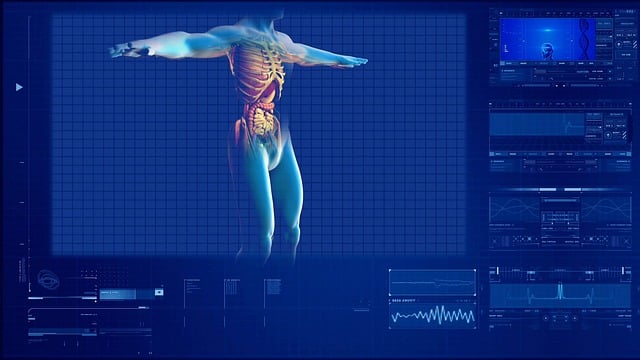When an organ (such as a heart, lung, or kidney) is donated, it is then transplanted into another person. When a person donates their body tissues, such as their skin, corneas, or bones, another person receives those organs. One of the most charitable and selfless deeds one can perform is organ and tissue donation, which essentially gives life to someone in need. Millions of lives have been saved since the 1960s as a result of organ donations from both living and deceased donors. With the advancement of technology, rejection rates have been drastically reduced and success rates for people in need have significantly increased. There are various ways you can offer if organ and tissue donation is something you’ve thought about doing after death. You can make a charitable contribution to medical advancements at the end of your life by donating your body to science. You will support the advancement of surgical device research and development, cutting-edge disease-based research, and practical bio-skills training by giving permission for your body to be utilized for study after your death.
Liver
In addition to its more than 500 known functions, the liver also produces bile, which helps with digestion, breaks down noxious compounds in the blood, and stores nutrients like fats, carbohydrates, and vitamins. Because the liver performs so many different tasks, donating a liver can prevent damage from drugs or alcohol as well as chronic liver illnesses like hepatitis. One donor may potentially save the lives of two recipients if their liver is split between them on occasion.
Pancreas
The pancreas is necessary for humans to regulate insulin. The pancreas makes the hormone insulin, which aids in the body’s usage of glucose (sugar) for energy, as well as the digestive enzymes that break down fat, protein, and carbohydrates. The pancreas and kidney are frequently transplanted together because diabetes frequently affects both organs.
Intestines
The job of digesting meals and reabsorbing nutrients into the bloodstream falls to your intestines. You might require an intestinal transplant if you have twisted, obstructed, or short-gut syndrome. Donations of the intestines save lives. Patients with severe intestinal failure and TPN-related problems frequently have no other choice except to undergo an intestinal transplant. To recipients of intestine transplants, donors can add years to their lives.
Tissue Donation
In numerous medical procedures, the utilization of donated human tissues can save and mend lives on a regular basis. Tissue donation can help patients in a variety of serious or life-threatening medical situations, such as saving patients with severe burns, enabling athletes with torn ligaments or tendons to heal and regain strength, giving military personnel who have been injured in battle hope and mobility again, and repairing musculoskeletal structures like teeth, skin, and spinal components. An estimated 58,000 tissue donors provide their bodies’ mending and life-saving tissue each year. Every year, there are about 2.5 million tissue transplants. To promote and inform tissue donation across the nation, Donate Life America collaborates with groups like the American Association of Tissue Banks. Tissues can be donated and used to save lives in a wide variety of ways.

